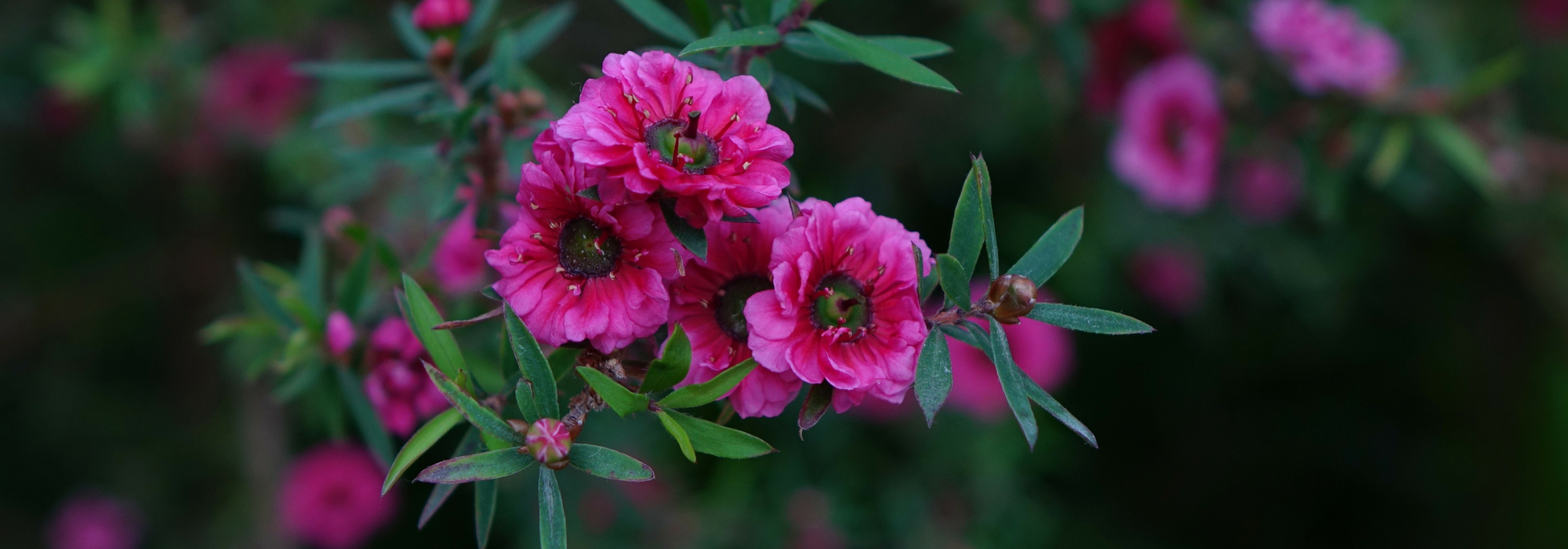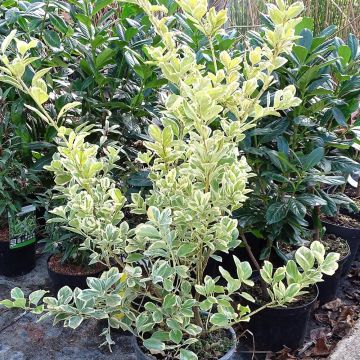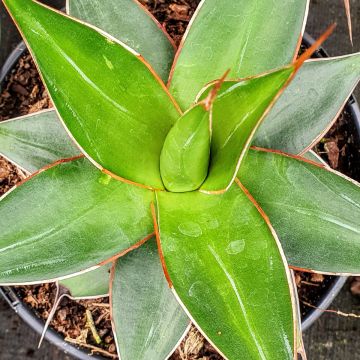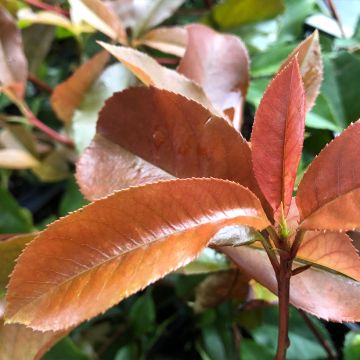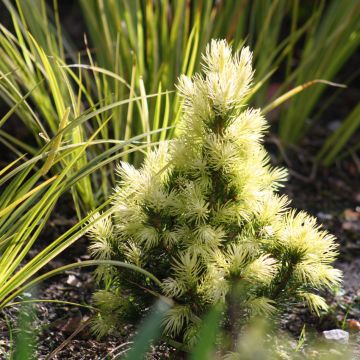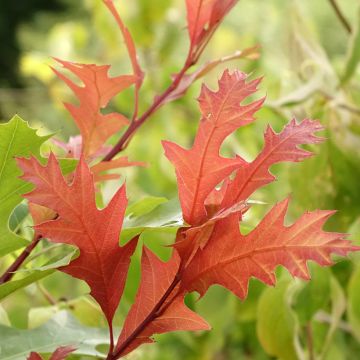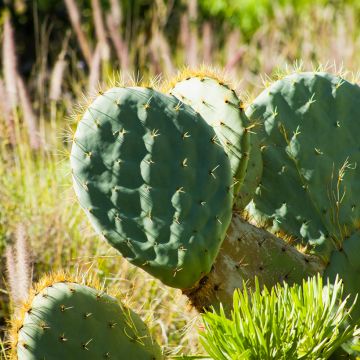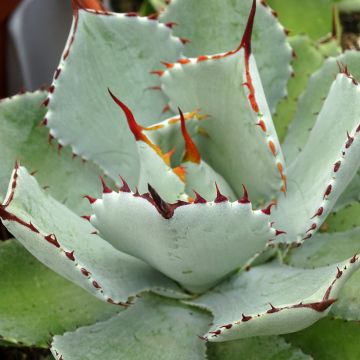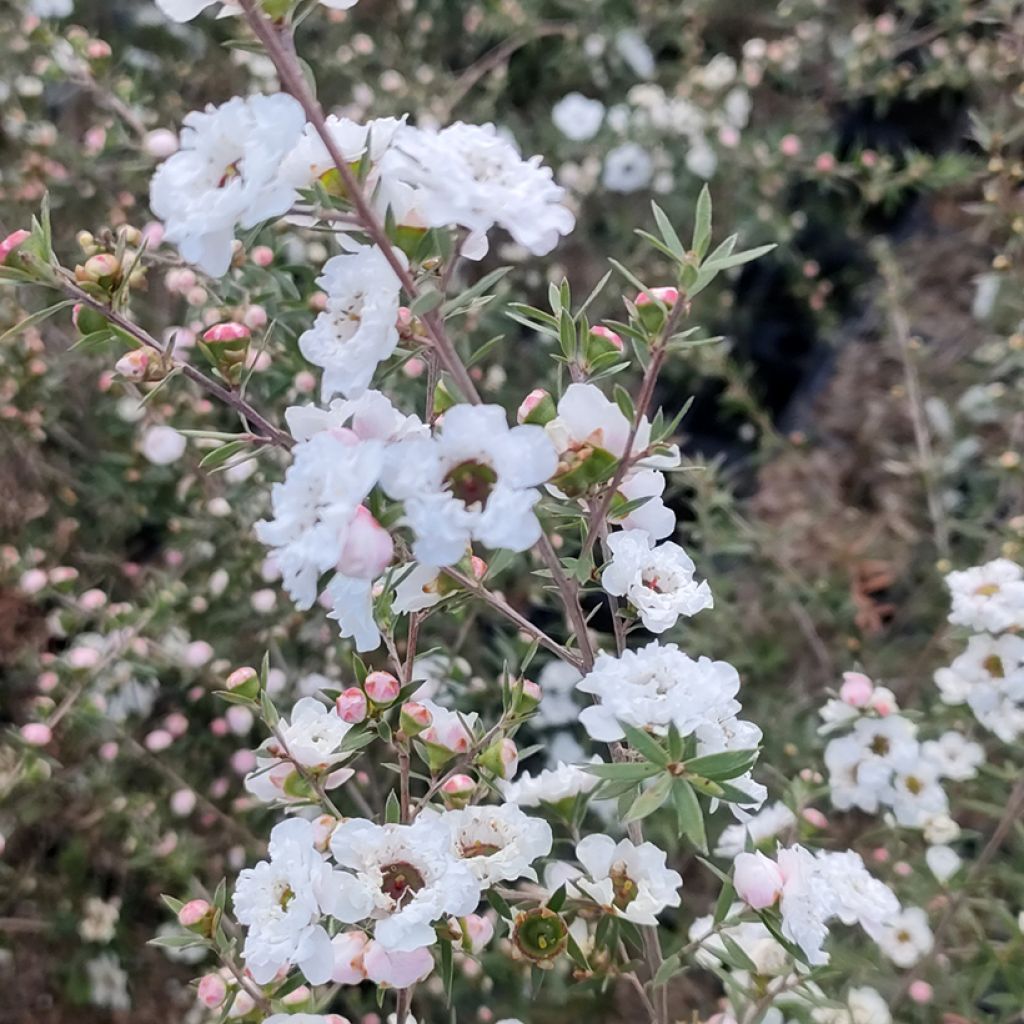

Leptospermum scoparium Snow Flurry
Leptospermum scoparium Snow Flurry
Leptospermum scoparium Snow Flurry
Manuka, New Zealand Tea Tree
Special offer!
Receive a €20 voucher for any order over €90 (excluding delivery costs, credit notes, and plastic-free options)!
1- Add your favorite plants to your cart.
2- Once you have reached €90, confirm your order (you can even choose the delivery date!).
3- As soon as your order is shipped, you will receive an email containing your voucher code, valid for 3 months (90 days).
Your voucher is unique and can only be used once, for any order with a minimum value of €20, excluding delivery costs.
Can be combined with other current offers, non-divisible and non-refundable.
Home or relay delivery (depending on size and destination)
Schedule delivery date,
and select date in basket
This plant carries a 24 months recovery warranty
More information
We guarantee the quality of our plants for a full growing cycle, and will replace at our expense any plant that fails to recover under normal climatic and planting conditions.
Would this plant suit my garden?
Set up your Plantfit profile →
Description
Leptospermum scoparium 'Snow Flurry' is a variety of tea tree or Manuka with a beautiful double white flowering. It is an evergreen bush, a bit frost-sensitive, but resistant to sea spray and drought. Its branches are covered with small double flowers with a brown centre and frosted in appearance, between late spring and early summer. Its very fine, dark green foliage, is delicate and aromatic. It should only be grown in open ground in coastal gardens. This New Zealand myrtle thrives well in pots, allowing gardeners to shelter it in winter and enjoy its generous flowering during the summer.
Leptospermum scoparium 'Snow Flurry' is a horticultural selection by Lammerts, in California (United States), dating back to 1946. The species is native to the extreme southeast of Australia and New Zealand. This shrub is also known as Tea-tree in English. It is a relative of Mediterranean myrtles, cloves, and Eucalyptus, belonging to the same family, the Myrtaceae. This Leptospermum grows naturally in regions with a mild oceanic climate, as well as in dry forests, usually on mineral-poor, leached, rather acidic soil, and forms a large bush, 3m tall and 2m wide. Its growth is rather slow.
The 'Snow Flurry' variety stands out with a more modest development and double white flowers, much more obvious than in the species. This bushy shrub with erect branches reaches a height of about 1.50m and a spread of 1m at the age of 10. Its branches bear slightly aromatic, alternate, simple, pointed leaves, not exceeding 1cm long, dark green with brownish and greyish highlights. The slightly fragrant, nectar-rich flowers appear from April-May to July, sometimes from March to December in Mediterranean climates. They are composed of multiple white petals surrounding a dark centre and can reach 2cm in diameter. They are followed by small capsules releasing fine elongated seeds. This bush can be lightly pruned after flowering from May to July.
The tea tree 'Snow Flurry' can withstand temperatures as low as -8°C, but the aboveground parts can be damaged from -5°C. It needs to be placed in a sheltered spot, in full sun, but not in a too hot situation. It tolerates sea spray well, making it an excellent shrub for mixed hedges in coastal gardens. In this use, it can be associated with myrtles, escallonias, olearias, and callistemons. In a region with very cold winters, the plant should be grown in a pot and sheltered from frost throughout the winter.
NB: Leptospermum means thin seed and gets its common English name of tea tree from Captain Cook and his crew, who used its leaves to prevent scurvy.
Leptospermum scoparium Snow Flurry in pictures
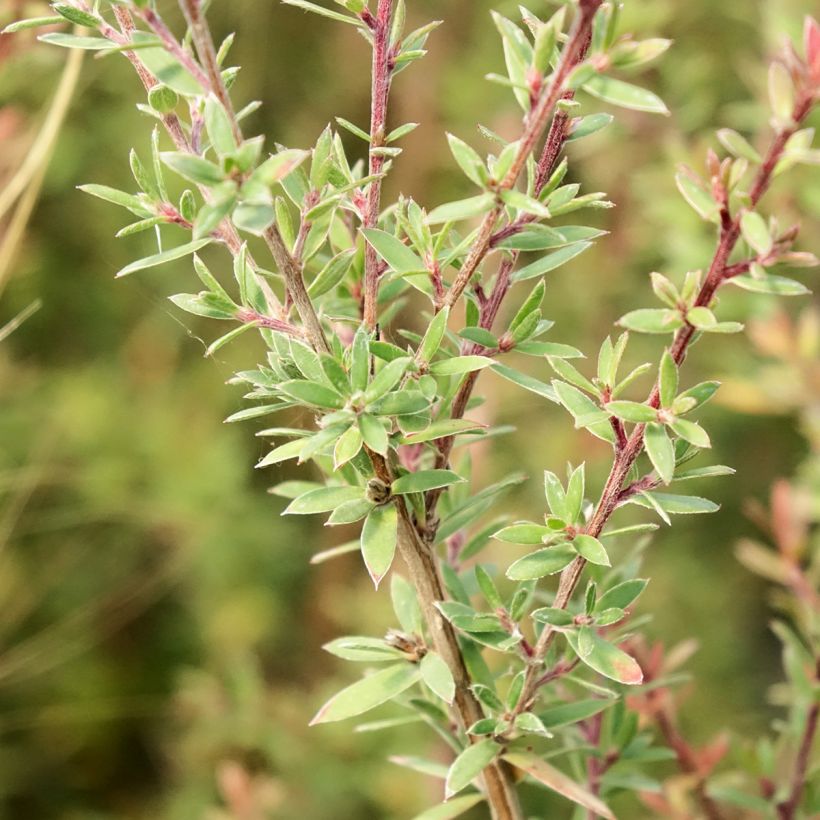

Plant habit
Flowering
Foliage
Botanical data
Leptospermum
scoparium
Snow Flurry
Myrtaceae
Manuka, New Zealand Tea Tree
Cultivar or hybrid
Planting and care
Leptospermum scoparium 'Snow Flurry' is hardy to -8°C and will need protection against cold winds during cold winters. It prefers well-draining, light, loamy or sandy soils, not too poor, with a neutral or acidic tendency. Choose a semi-shaded location in hot climates or a sunny location in cooler climates. Prune it lightly (do not exceed a length equal to 1/3 of the branch size), after flowering, to maintain a compact habit. In spring, it appreciates nutrient inputs (potting soil, manure...). Allow the surface of the root ball to dry before watering again and reduce watering in autumn as temperatures drop. Use low or non-chalky water. Once well-rooted, this bush tolerates summer drought well.
Planting period
Intended location
Care
Planting & care advice
This item has not been reviewed yet - be the first to leave a review about it.
Similar products
Haven't found what you were looking for?
Hardiness is the lowest winter temperature a plant can endure without suffering serious damage or even dying. However, hardiness is affected by location (a sheltered area, such as a patio), protection (winter cover) and soil type (hardiness is improved by well-drained soil).

Photo Sharing Terms & Conditions
In order to encourage gardeners to interact and share their experiences, Promesse de fleurs offers various media enabling content to be uploaded onto its Site - in particular via the ‘Photo sharing’ module.
The User agrees to refrain from:
- Posting any content that is illegal, prejudicial, insulting, racist, inciteful to hatred, revisionist, contrary to public decency, that infringes on privacy or on the privacy rights of third parties, in particular the publicity rights of persons and goods, intellectual property rights, or the right to privacy.
- Submitting content on behalf of a third party;
- Impersonate the identity of a third party and/or publish any personal information about a third party;
In general, the User undertakes to refrain from any unethical behaviour.
All Content (in particular text, comments, files, images, photos, videos, creative works, etc.), which may be subject to property or intellectual property rights, image or other private rights, shall remain the property of the User, subject to the limited rights granted by the terms of the licence granted by Promesse de fleurs as stated below. Users are at liberty to publish or not to publish such Content on the Site, notably via the ‘Photo Sharing’ facility, and accept that this Content shall be made public and freely accessible, notably on the Internet.
Users further acknowledge, undertake to have ,and guarantee that they hold all necessary rights and permissions to publish such material on the Site, in particular with regard to the legislation in force pertaining to any privacy, property, intellectual property, image, or contractual rights, or rights of any other nature. By publishing such Content on the Site, Users acknowledge accepting full liability as publishers of the Content within the meaning of the law, and grant Promesse de fleurs, free of charge, an inclusive, worldwide licence for the said Content for the entire duration of its publication, including all reproduction, representation, up/downloading, displaying, performing, transmission, and storage rights.
Users also grant permission for their name to be linked to the Content and accept that this link may not always be made available.
By engaging in posting material, Users consent to their Content becoming automatically accessible on the Internet, in particular on other sites and/or blogs and/or web pages of the Promesse de fleurs site, including in particular social pages and the Promesse de fleurs catalogue.
Users may secure the removal of entrusted content free of charge by issuing a simple request via our contact form.
The flowering period indicated on our website applies to countries and regions located in USDA zone 8 (France, the United Kingdom, Ireland, the Netherlands, etc.)
It will vary according to where you live:
- In zones 9 to 10 (Italy, Spain, Greece, etc.), flowering will occur about 2 to 4 weeks earlier.
- In zones 6 to 7 (Germany, Poland, Slovenia, and lower mountainous regions), flowering will be delayed by 2 to 3 weeks.
- In zone 5 (Central Europe, Scandinavia), blooming will be delayed by 3 to 5 weeks.
In temperate climates, pruning of spring-flowering shrubs (forsythia, spireas, etc.) should be done just after flowering.
Pruning of summer-flowering shrubs (Indian Lilac, Perovskia, etc.) can be done in winter or spring.
In cold regions as well as with frost-sensitive plants, avoid pruning too early when severe frosts may still occur.
The planting period indicated on our website applies to countries and regions located in USDA zone 8 (France, United Kingdom, Ireland, Netherlands).
It will vary according to where you live:
- In Mediterranean zones (Marseille, Madrid, Milan, etc.), autumn and winter are the best planting periods.
- In continental zones (Strasbourg, Munich, Vienna, etc.), delay planting by 2 to 3 weeks in spring and bring it forward by 2 to 4 weeks in autumn.
- In mountainous regions (the Alps, Pyrenees, Carpathians, etc.), it is best to plant in late spring (May-June) or late summer (August-September).
The harvesting period indicated on our website applies to countries and regions in USDA zone 8 (France, England, Ireland, the Netherlands).
In colder areas (Scandinavia, Poland, Austria...) fruit and vegetable harvests are likely to be delayed by 3-4 weeks.
In warmer areas (Italy, Spain, Greece, etc.), harvesting will probably take place earlier, depending on weather conditions.
The sowing periods indicated on our website apply to countries and regions within USDA Zone 8 (France, UK, Ireland, Netherlands).
In colder areas (Scandinavia, Poland, Austria...), delay any outdoor sowing by 3-4 weeks, or sow under glass.
In warmer climes (Italy, Spain, Greece, etc.), bring outdoor sowing forward by a few weeks.






























